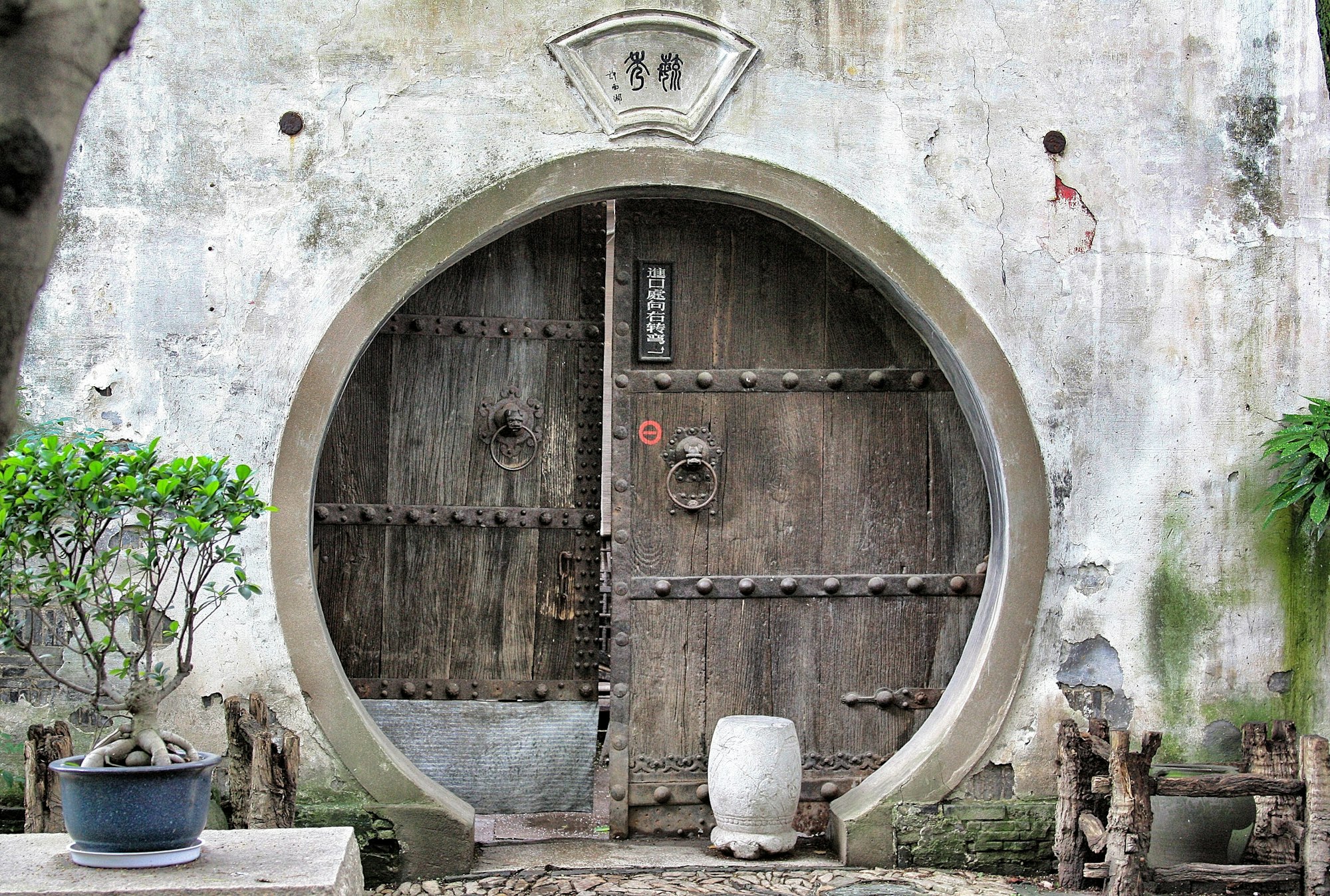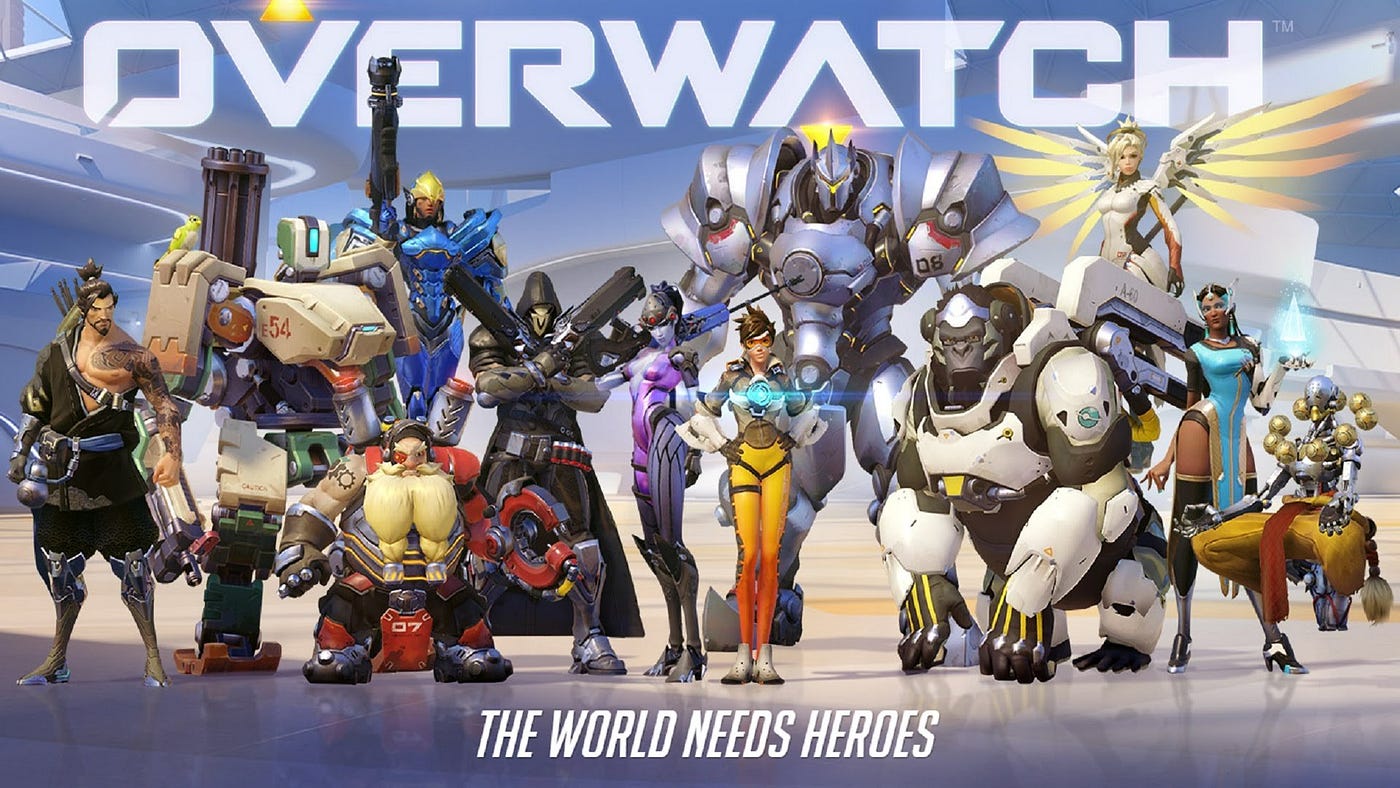Through the Invisible Wall: Video Games in China
From a banished pastime to a cultural behemoth, this is how interactive media have shaped — and been shaped by— the PRC

I have spent the last few years working in universities in central China. As I was wrapping up an exam one afternoon, a student approached me. “Someone told me you play Overwatch,” he said.
I do play Overwatch, in fact, and there are some very angry people who will not only confirm this but also attest to my skill. “He never heals me,” they’ll say. “Only because he feeds and dies so fast that I never have a chance to get to him,” I’ll reply, and thus begins a typically fruitful conversation between peers.
This student proceeds to show me some screenshots on his phone. As it happens, I was speaking to a very highly ranked player — Grandmaster tier, topping out at close to 4600 SR in his best role. This makes him one of the top players in the China-specific region, and far and away the highest skill player of the game I’ve ever met.
This was only the most memorable in a series of conversations with people about video games in general. Each one would become a reminder of China’s rising importance in the global cultural space.
A lot of ink has been spilled on China’s ever more affluent audiences, their love for foreign media, and the influence that this gives them. By this point, China’s central importance to Hollywood — with some blockbuster films making more money in the PRC than in the US — is well known. If anything, that importance is undersold, with many commentators falling back on America-centered explanations as to why a certain movie succeeded or failed and completely overlooking its overseas performance. But China’s similar importance to the video game industry is even less remarked upon. The PRC is currently the world’s biggest video game market, yet this is often forgotten.
This dominance is only the latest chapter in a very unlikely story. It wasn’t that long ago that the doors here were closed to the entire industry.

As a whole, the Chinese government does not care for video games. Glance over the past few decades and you’ll see the state attributing a range of woes to games — everything from myopia and sleep deprivation to the breakdown of public values. As the industry grew through the ’90s, worries over video game addiction — a rare and highly controversial diagnosis in the West — came to the forefront. In 2000, this fear led to a ban on video game consoles that wouldn’t be formally lifted until a decade and a half later.
Some of you may already know this because of the iQue Player, an N64-on-a-chip used to circumvent import restrictions. The iQue Player is a popular topic of articles as it is a rare and technically interesting device, one that was in many ways ahead of its time. However, neither the iQue Player nor any of its clone brethren ever sold well enough to make a dent in the market. Instead, the market turned to computer gaming, where restrictions were far less severe.
In recent years, the government has relaxed its ban on video game hardware, but consoles are still expensive and hard to find. Authentic consoles from the likes of Sony and Nintendo are prestige objects — I immediately know when one of my students has obtained one as their WeChat profile explodes with envy-baiting updates. This scarcity has produced a robust market for Chinese-made clone systems, some of which have become known overseas. However, the PC remains king of the Chinese video game scene by a significant margin.
Of course, hardware is only half of the equation — it’s the software, the games themselves, that always produce the most consternation. As with films, the government monitors and restricts the release of video games with a zeal that would impress the most ardent of would-be American censors.
There are numerous reasons why governmental restrictions might fall on a particular game. Some of these will strike Western audiences as familiar — excessive gory violence or scandalous sexual content, for example, the same things that have triggered censorship in some Western countries. Others are more distinctly Chinese. Titles that promote or glamorize criminality, that feature historical revisionism (mostly aimed at titles set during World War II), or that have “inharmonious” chat may struggle to reach the market.
Allegedly, Overwatch was chastised for the latter. This is perhaps best read as an attempt to force Activision Blizzard to better police the game’s notoriously toxic player base. They may as well order the rivers to run backward.

My Grandmaster support player was far from the only video game enthusiast among my students, nor the only one with aspirations to play competitively. I had a private student who had experienced his fair share of disappointments, only the least of which was his failure to break into the higher ranks of Counter-Strike: Global Offensive. For a time, this was his dream. He wasn’t alone.
It probably won’t come as a surprise to you that competitive gaming is a big deal on the Pacific Rim. We’ve known this about Korea for a long time, but it’s even more true in China. Look at the passengers on a subway train or young people in a restaurant and you’ll see plenty of phones lit up with footage of League of Legends or its game-of-the-moment Chinese equivalent. Owing to its massive player base, China also enjoys an ever-growing share of esports talent, with a firm grasp on the top tiers of many popular games.
I’ve been able to watch this change take place via internet cafes, a common sight throughout the country since the early 2000s. When I first traveled here in 2008, such businesses catered to those of modest means, offering access at 30 cents per hour to those without money for computers. There was one across the street from my first apartment that was very typical — a low, lightly decorated building with an endless row of machines, the air thick and hot from a hundred cigarettes. They were functional places, rarely meant to impress.
These days, internet cafes in many cities have turned into something wholly different as they compete for would-be professionals. These cafes are more like private clubs, with subscription fees that aren’t necessarily cheap. But the member gets a lot of value for his money. The machines are top tier with internet connections to match, but it’s not just the hardware that’s impressive. These are nicely designed and appointed facilities that may feature lounges, private rooms, and concierge services with food and beverage delivered to the member. Only the pall of smoke remains the same.

The end of China’s video game ban didn’t come all at once but in stages, and one of the most visible changes was the reintroduction of the video arcade in 2009. Arcades were popular for much the same reason as internet cafes, and to this day they flourish throughout the country. Where American arcades tend to be sideshows, Chinese arcades are the main attraction — large buildings that are packed to capacity on a Friday night with young couples out on the town.
Chinese arcades don’t feature the classic cabinets or pinball machines one might expect to see in American arcades — the audience here is all about big, elaborate machines with state-of-the-art features. Popular cabinets include racing games, rhythm games, virtual reality and “4D” machines, and a wide range of claw games stocked with everything from stuffed animals to ice cream novelties. A particular favorite of mine is a special type of rail shooter that uses a pressurized water cannon to physically interact with the screen. What seems like a silly gimmick actually gives a stronger sense of accuracy than one gets with a poorly calibrated light gun.
The continuing popularity of such arcades is a reminder that, for all of the talk about competitive gaming and the rising console market, it is casual gaming that’s driving most of the growth in China. The representative Chinese video game consumer isn’t my world-class Overwatch-playing student, but the girl in front of me on the escalator coming from the subway, so distracted by a match three that she failed to step off at the top, nearly falling over and almost taking out twenty people with her.
The casual game explosion is a global story, but political considerations forced its growth in China. With ready access to the internet but little access to games, the computer gaming scene in the 2000s was dominated by free-to-play games meant to imitate the likes of World of Warcraft. The rapid spread of cell phones — a far more affordable internet access point for most Chinese people — drove the rapid development of the Chinese mobile gaming sector. These games took root in China earlier than they did in most Western countries, and it is here that the Chinese market exerted a far more direct influence on the world market.
The most famous example of this influence is the 2008 game Happy Farm, a simple farming simulator that was a major hit for many years. American readers will recognize this as the game copied by social shovelware producer Zynga, becoming the global hit FarmVille — a title that, for a time, made Facebook even less pleasant to use than normal. Suffice it to say that there are many video game trends that can be traced back to China, and they aren’t universally embraced.

My student with the dreams of CS:GO stardom had another thought. He wondered if China would ever produce a top-tier game, perhaps something in the vein of Red Dead Redemption. It’s an interesting question. Game design — once dominated by companies in Japan and the United States — has gone global, with small studios producing ever bigger games.
Yet in this area, China has been left out. If I were to ask you to picture a Chinese video game, I suspect that most of you would imagine either the laughable bootlegs of yesteryear or some chintzy free-to-play title.
To be sure, there are a lot of video game developers in mainland China, including some very large ones. Standing atop the mountain is tech giant Tencent, owner of League of Legends, Clash of Clans, and a significant stakeholder in Epic Games, among others. But acquiring a popular game or brand is very different from creating one from the ground up. Most of the other big names are producers of MMORPGs made specifically for the Chinese market, with little presence outside of the Asia-Pacific region and virtually none in the West.
To be sure, there are some great games coming from Chinese studios. One of the better known is Icey, a synthesis of Dead Cells-style platformer combat and Stanley Parable-esque narrative trickery, all blended with a story that twists together cyberpunk and Lovecraft into something truly unique. Icey enjoyed strong sales, owing in part to promotion by Valve itself.
There are many other promising titles, but all of them occupy the indie space, far from the AAA blockbusters that would put a Chinese company on the map. For the time being, China remains a consumer — but a powerful consumer, with the heft to change markets. If American film studios are making movies with China in mind, you can bet that Western game studios won’t be far behind.
There’s a simple lesson here: People aren’t that different wherever you go.
In an age of soft power and globalism, popular culture has special importance. Where music and television once unified the nation, they now unify the world. Video games have become a growing part of this, and an interesting one in that they allow us to interact across distance. Games aren’t going to bring about world peace, but maybe they can play a small part, moving the needle just a little toward a more stable tomorrow.
Who knows? Maybe Overwatch 2 will be the game to accomplish that — if Blizzard ever finishes it.
